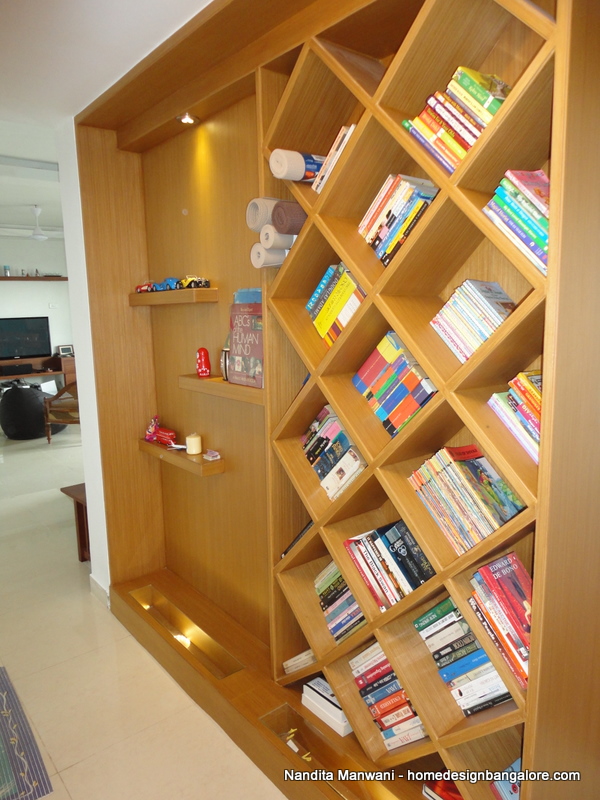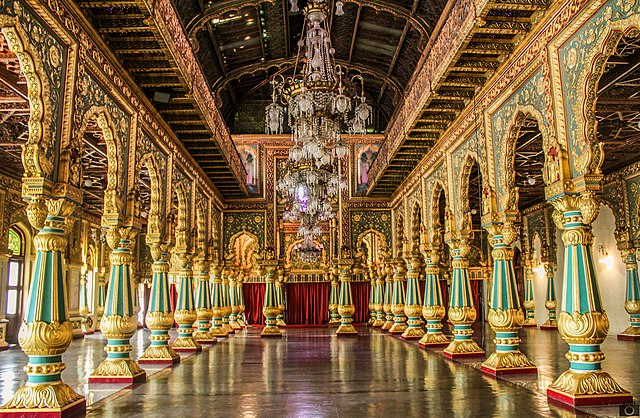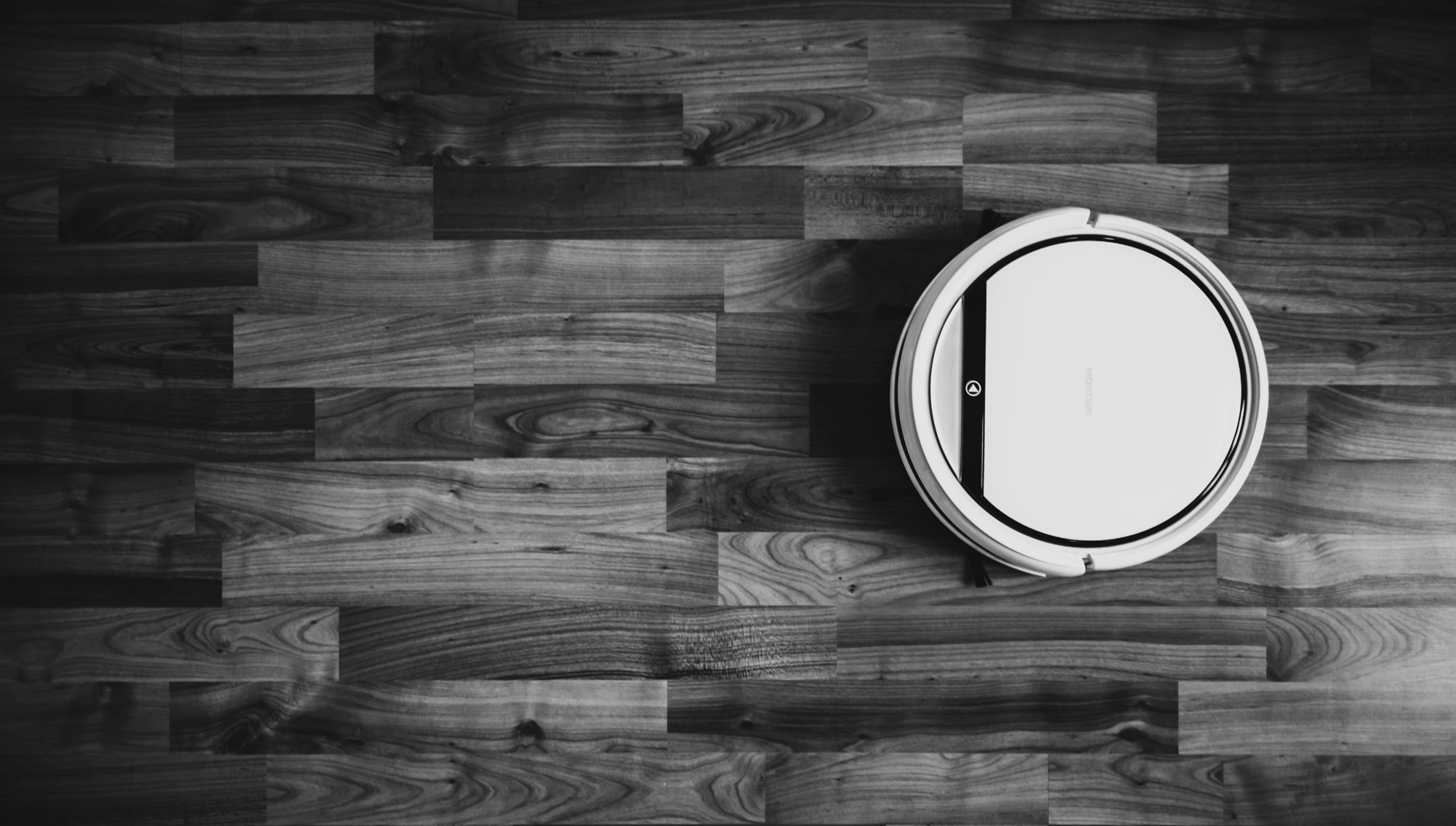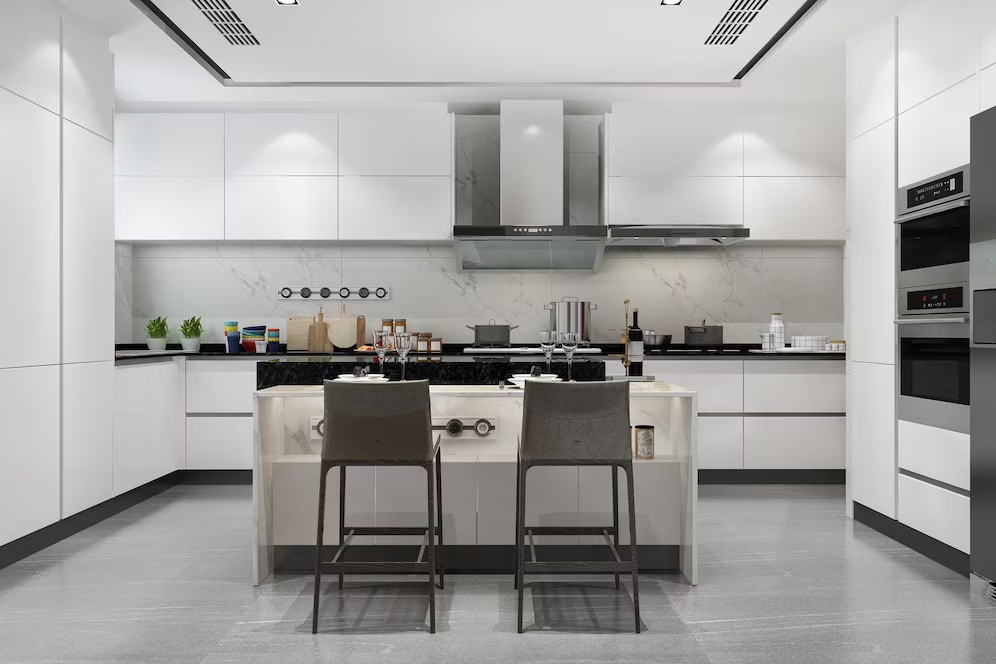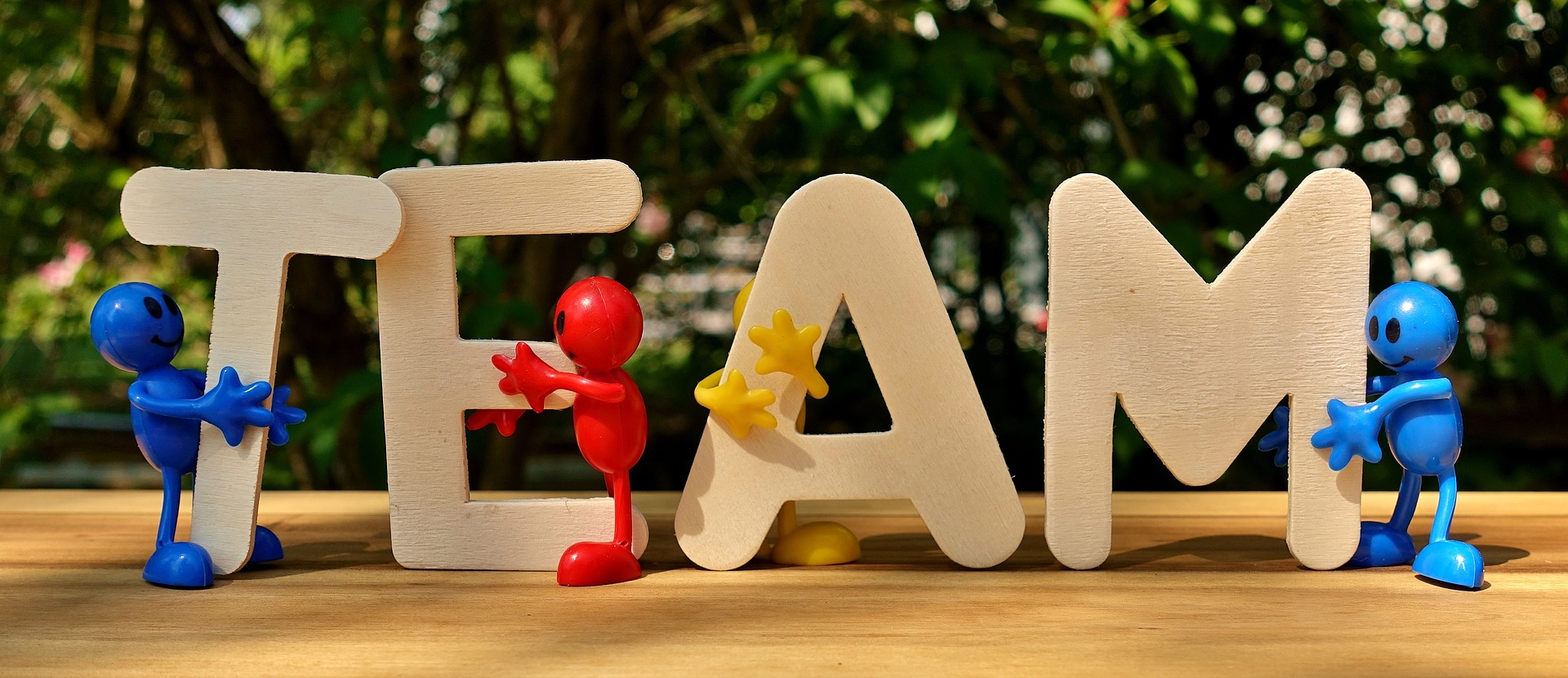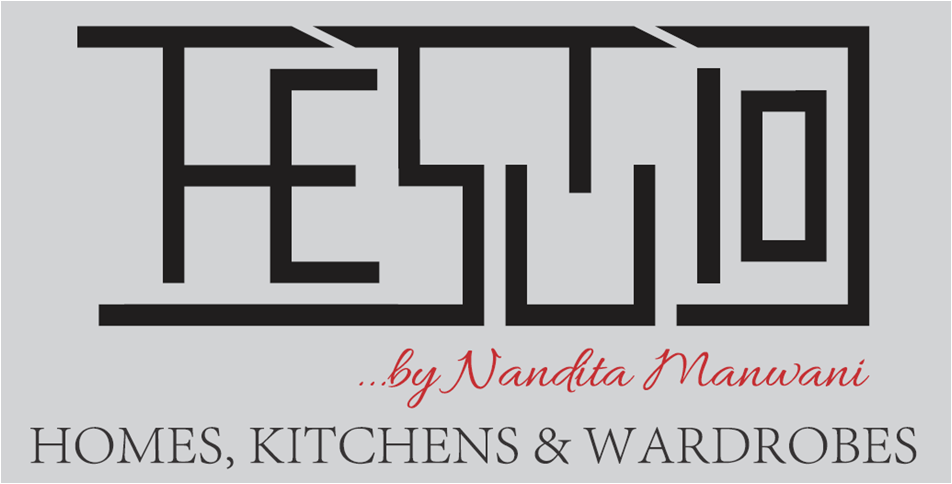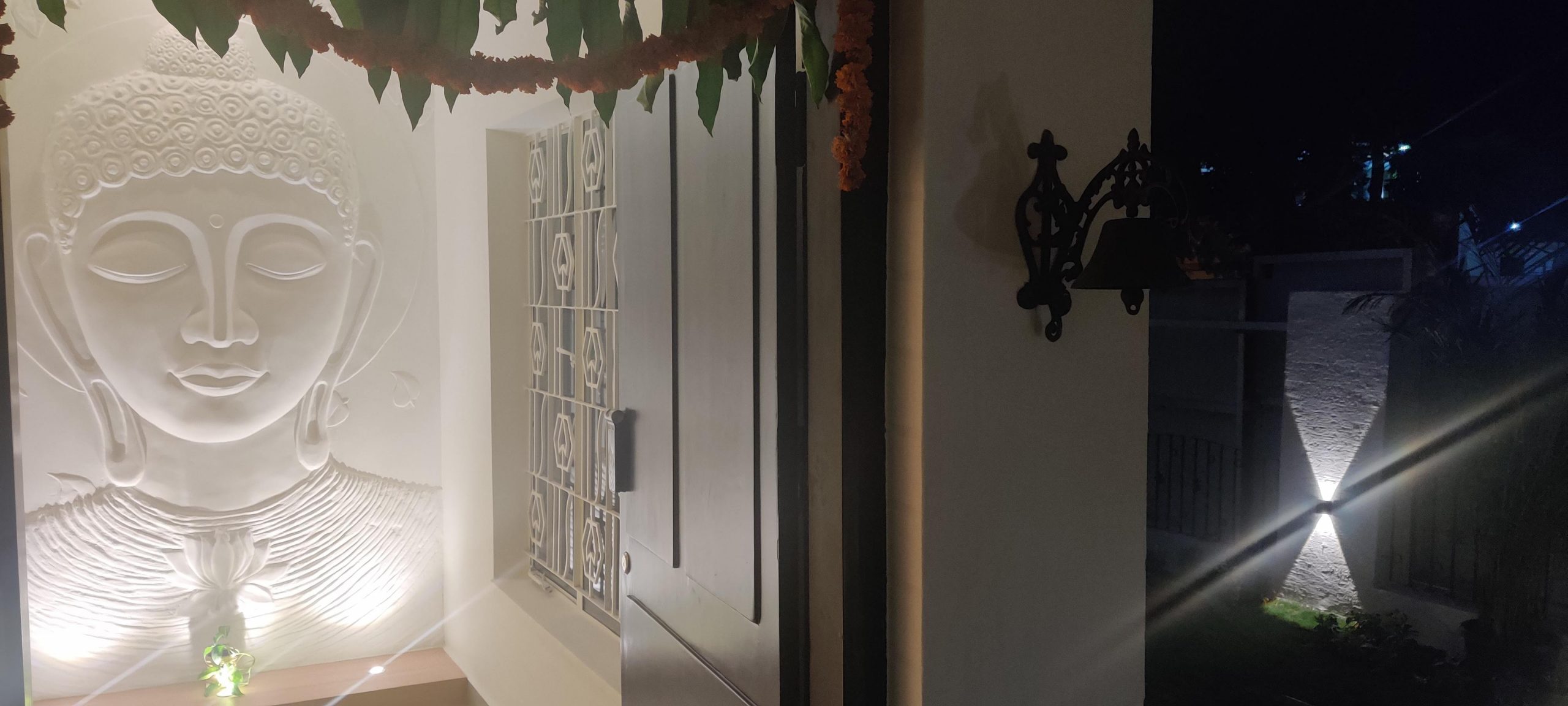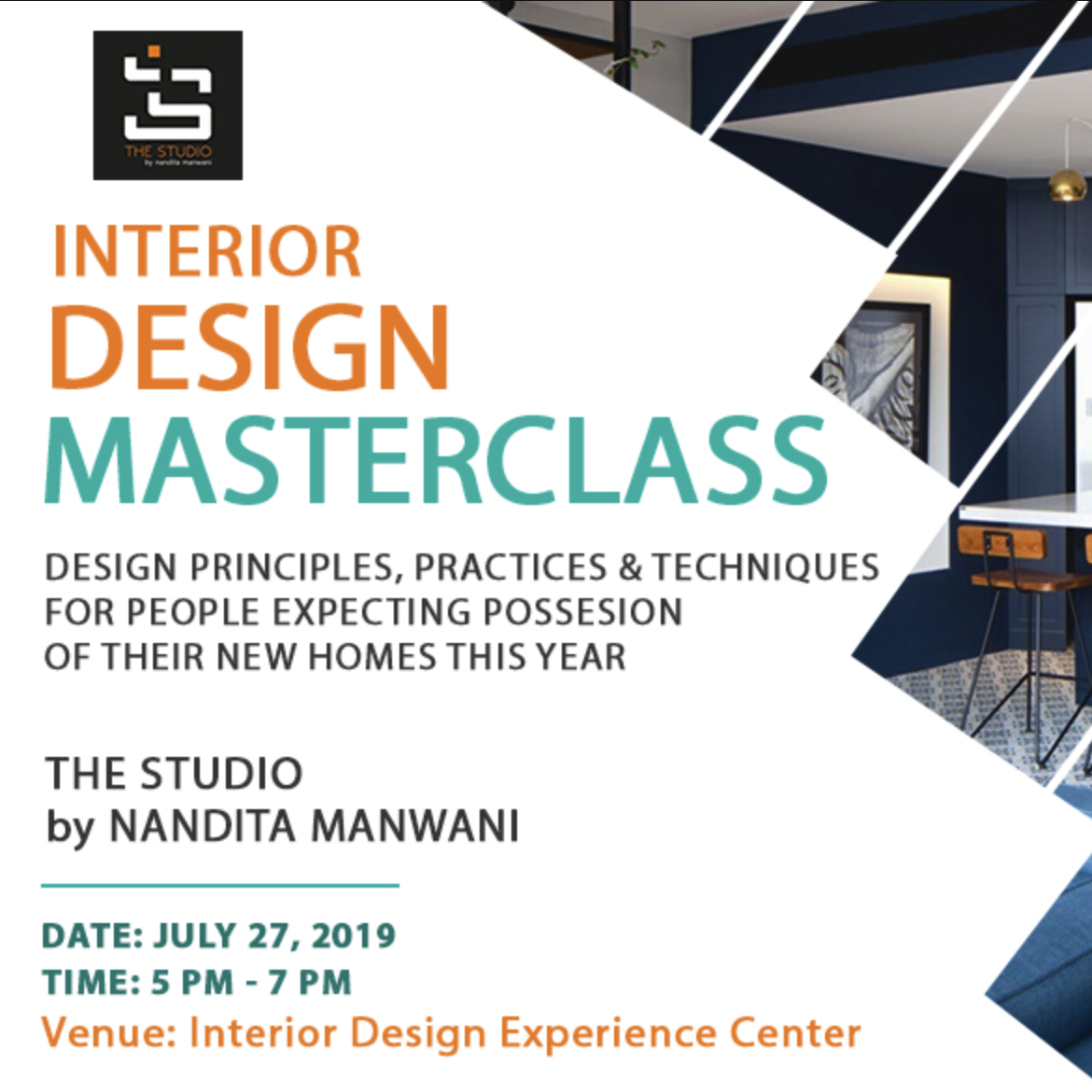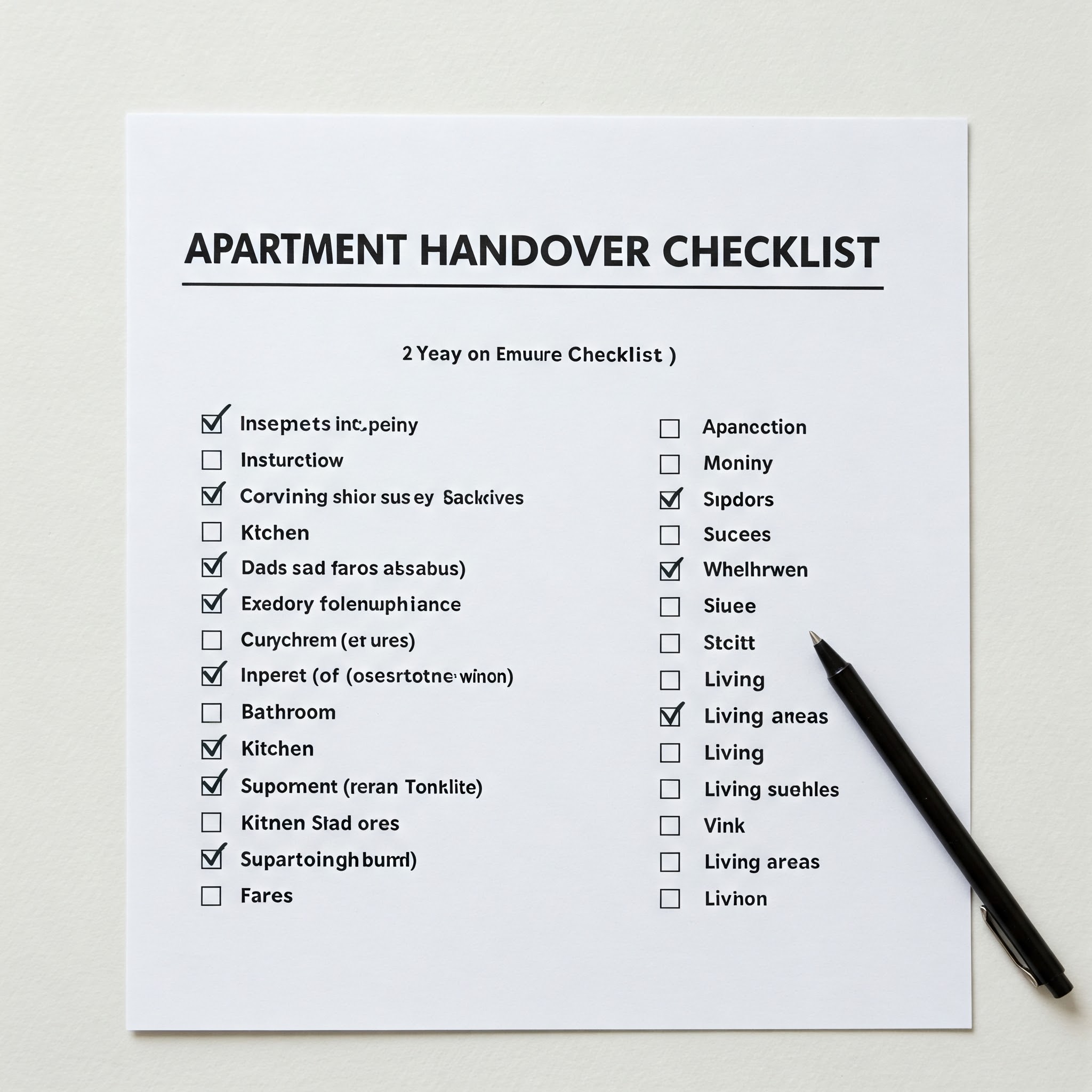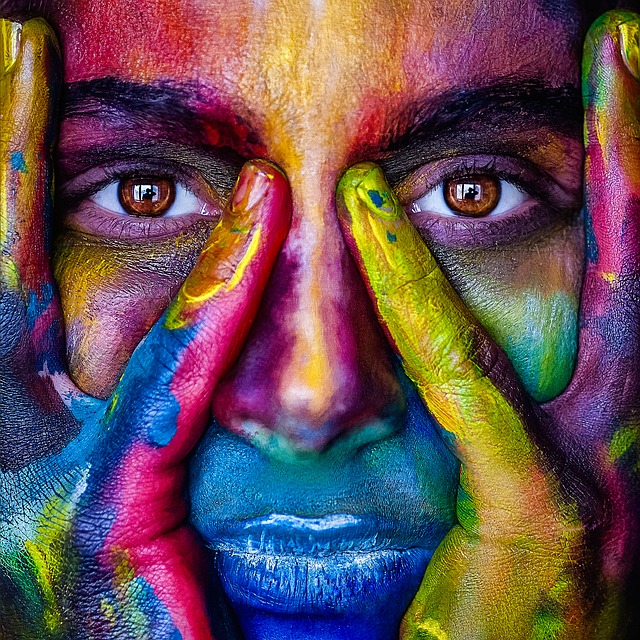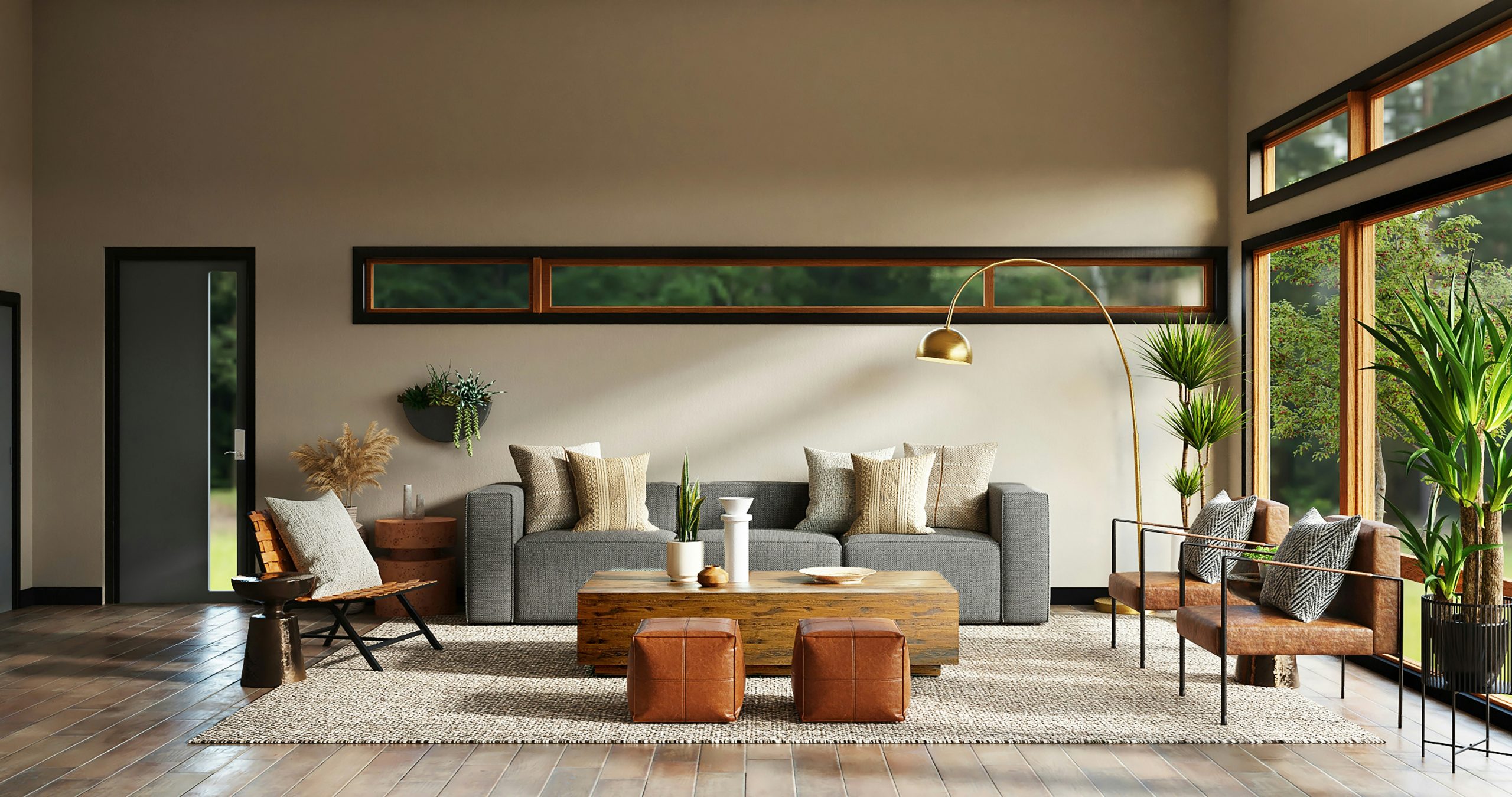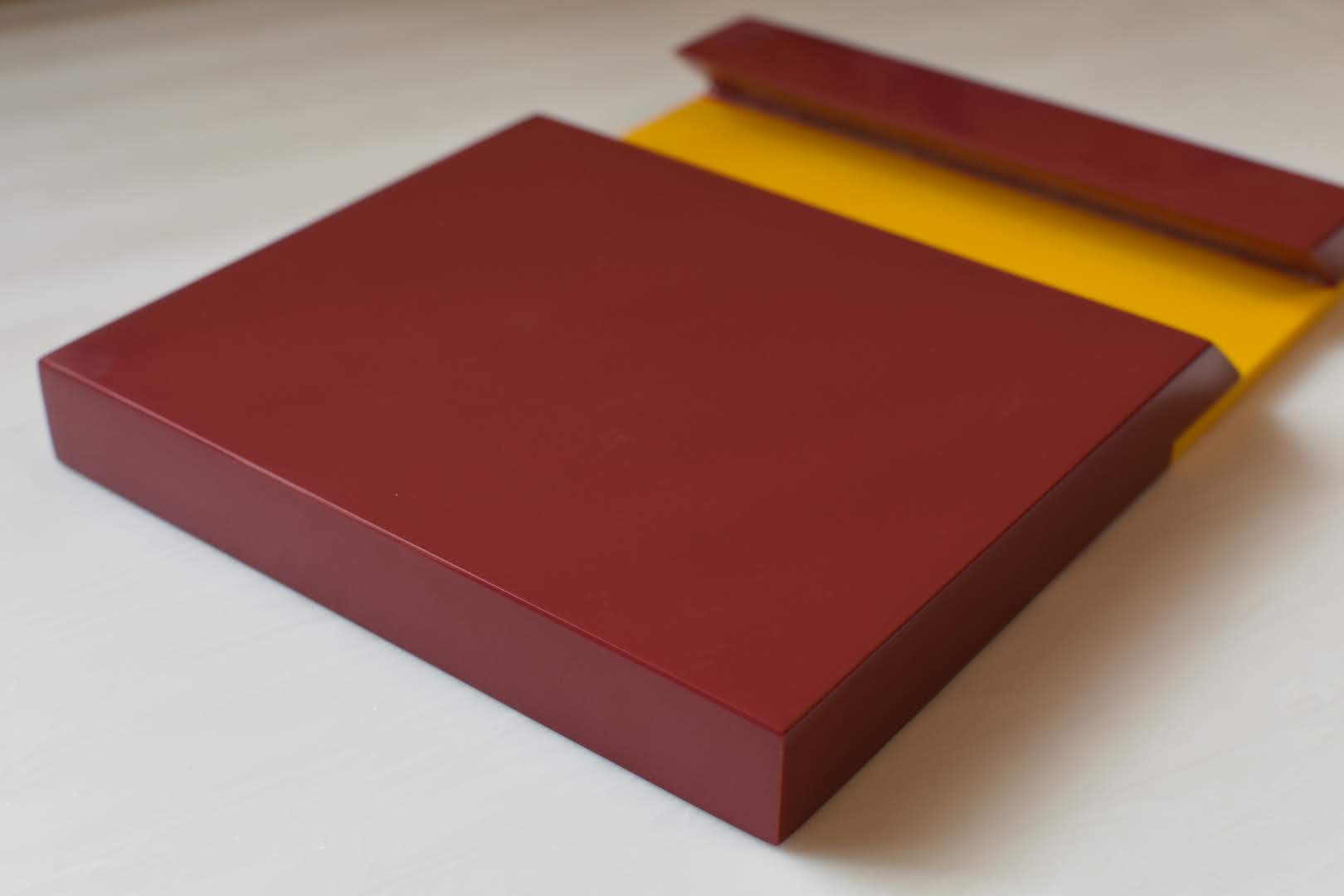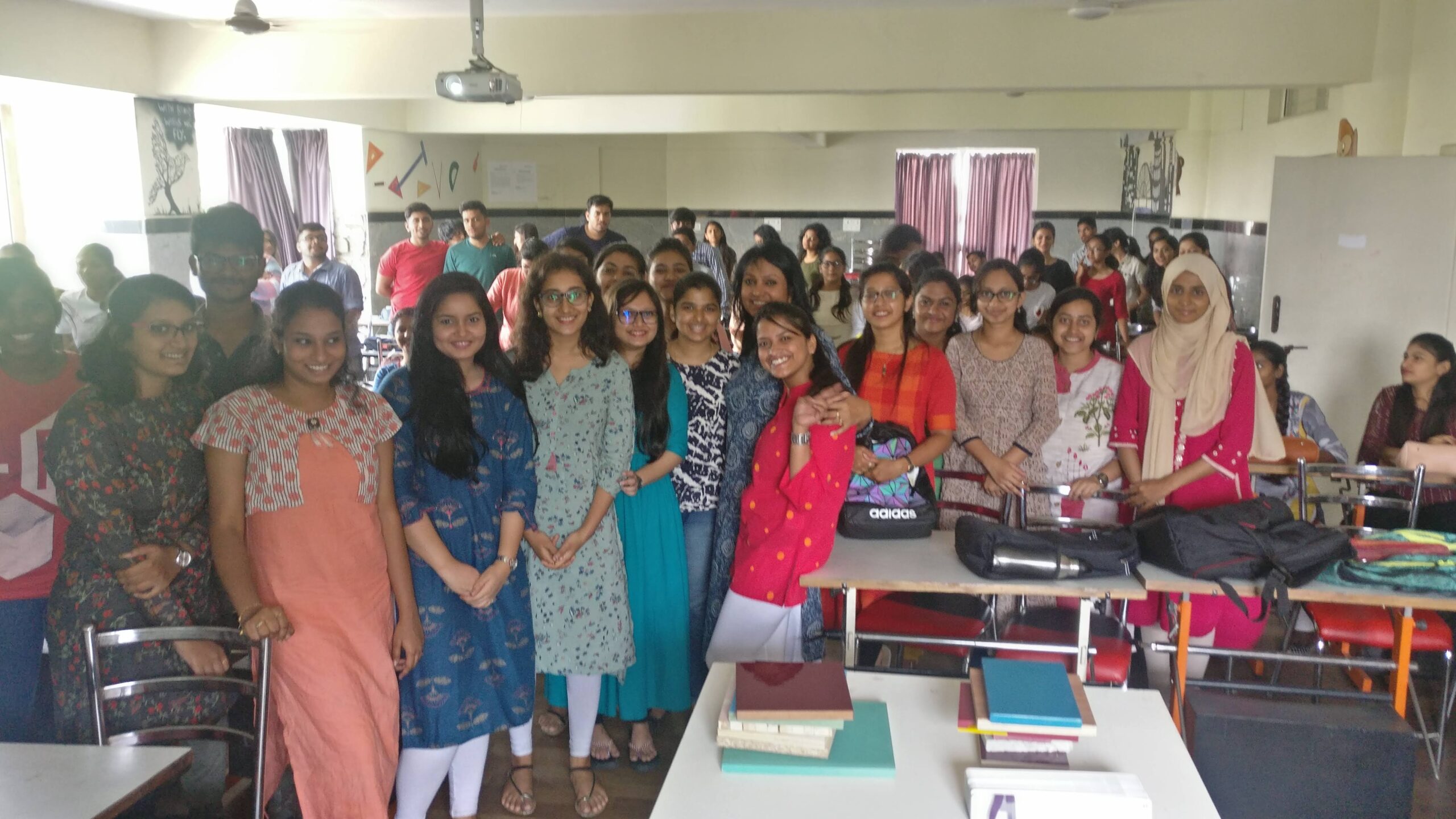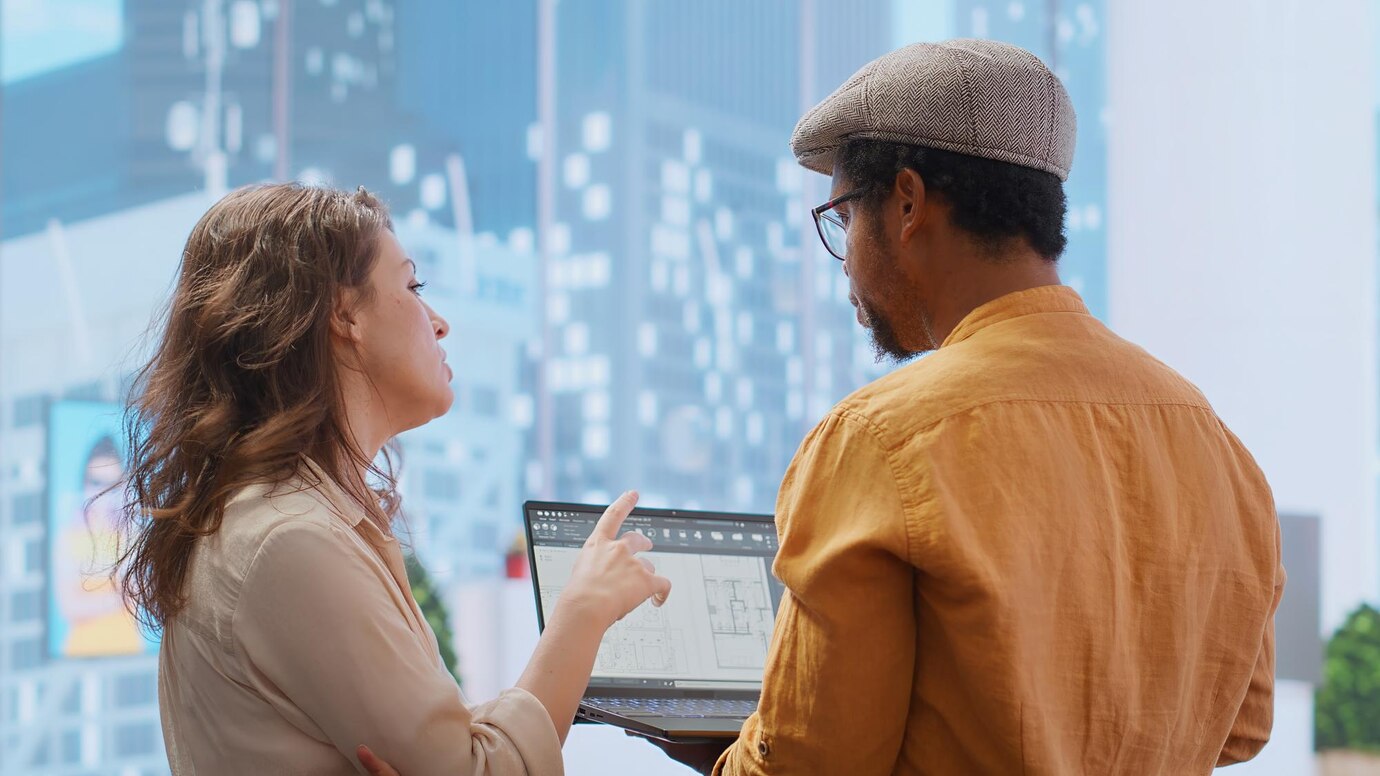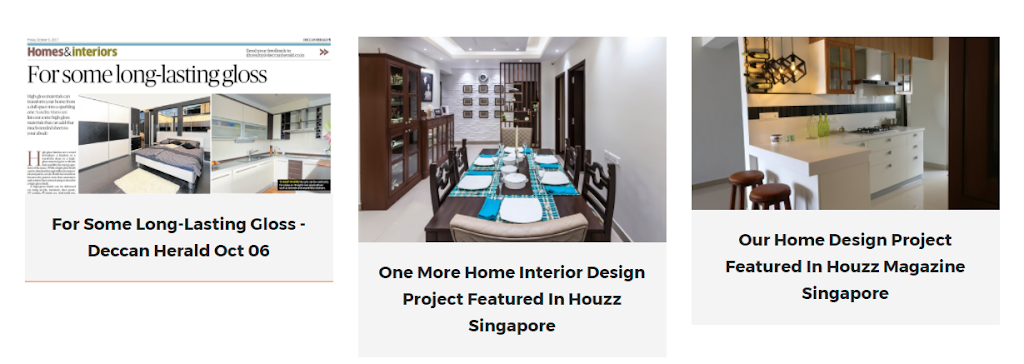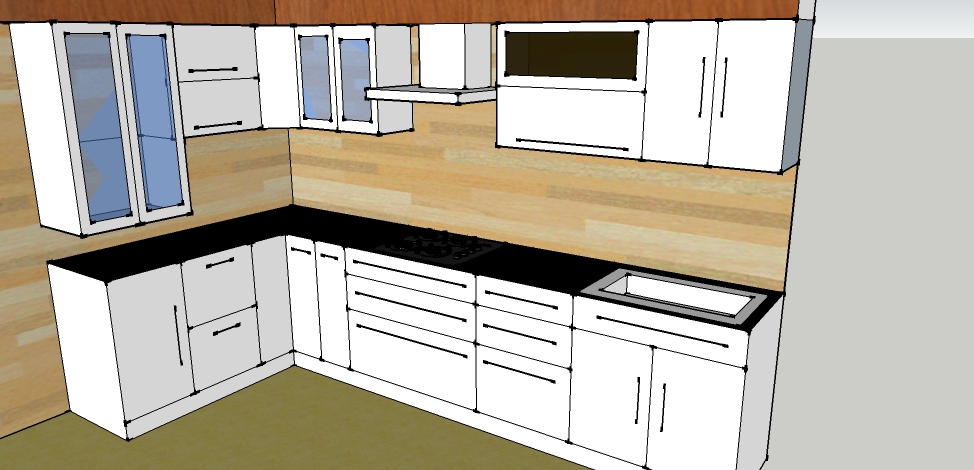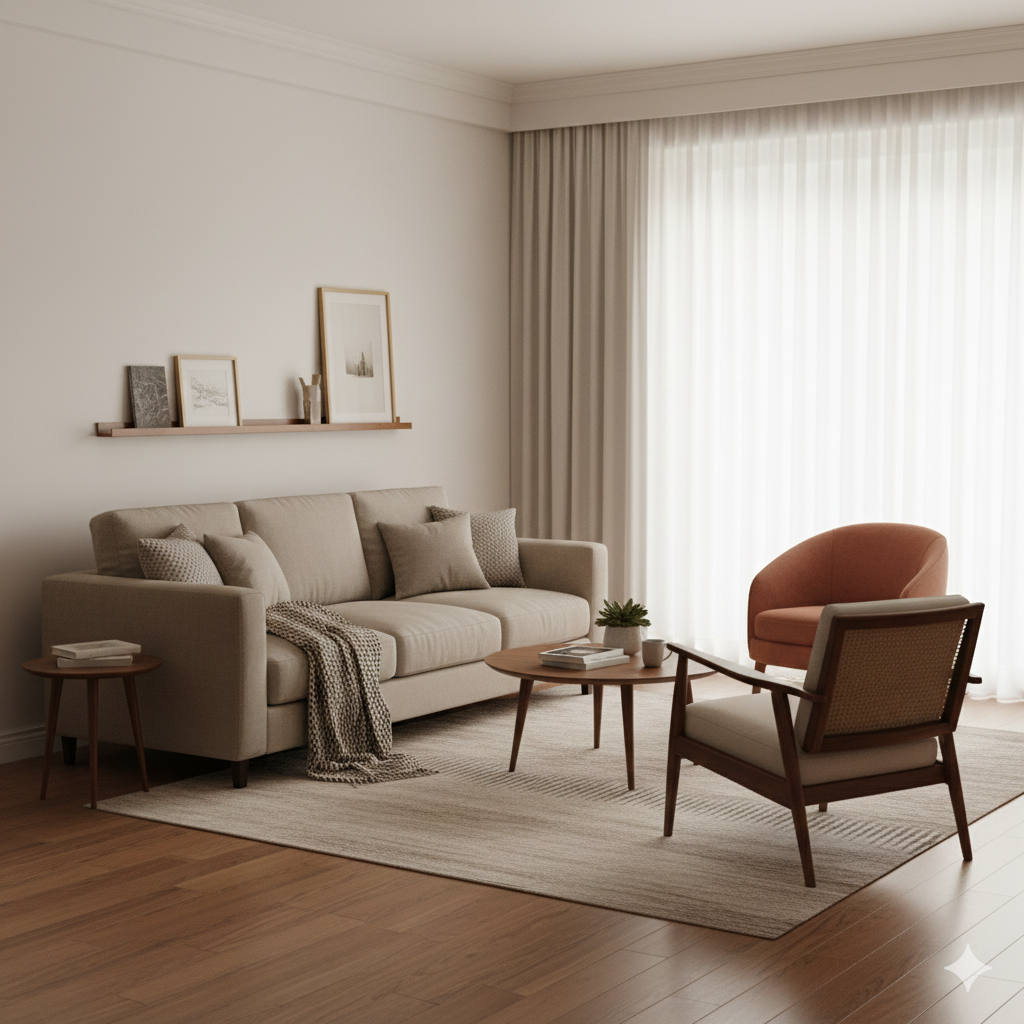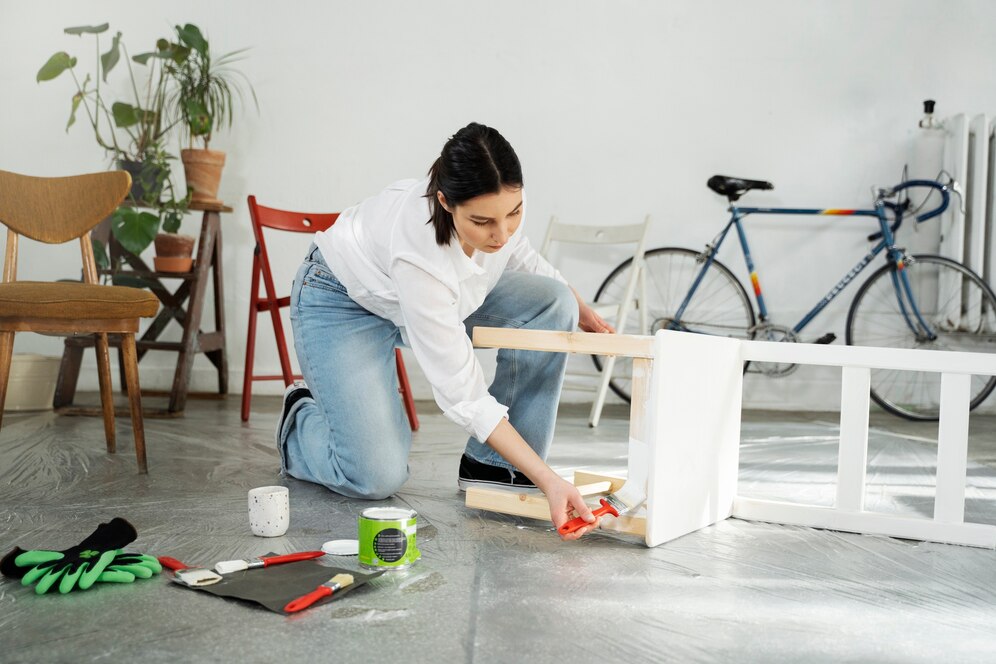Over the last few months I’ve spent considerable time exploring ways to optimize costs of interiors. The whole idea was to understand how to deliver the same or better quality at a lower price. The journey took me to factories and warehouses across Bangalore, introduction to parent companies and manufacturers to cut out the middlemen, exploring new partners, new brands, looking through options for direct imports from abroad etc. etc. A lot of good things…but as with any churning of status quo (the legendary Samudra Manthan being the prime example), the process also led to findings that exposed the infinite underbelly of the business and how vendors cut corners and quality to deliver to unassuming customers in a so called “competitive” budget. Also, the battle is never one sided, with customers having unreasonable budgetary demands, vendors are sometimes compelled to cut corners without keeping customers in the know.
Today there are war “cries” in the market shouting “get us a quote and we will match it” and “full home Interiors in 6 lac” – the truth behind the promise however is something that may ultimately leave the customer crying … and here is why …
- Modular Furniture that’s really not modular: The min expectation from Modular Furniture is, well, that it should be Modular. What defines Modular is detailed here (Interestingly this one was also my first post on this blog way back in 2010). Modular Construction has its advantages, however true modularity takes more material and corresponding cost. To cut the costs vendors are passing off non modular furniture as modular.
- Mini-fix based construction versus screw-based construction: The other feature about modular construction is that the fitting is done by something called a minifix. Fitting a minifix needs precise drilling on the side of the wooden panels which again costs extra. To save this cost, Modular Installers use screw-based fitting which ends up giving service and reliability issues in the long run.
- Everything Modular: Unassuming customers are nowadays being sold the idea that everything that your home needs can be made in a modular fashion and in a factory. While a lot of things can be factory made, not EVERYTHING can be done in a factory. That “not everything” really includes the best that interior design has to offer – things like Veneered & Duco Painted Finishes, Finishes and furniture with Curved or angular Surfaces and in any thickness above 28mm. What customers need to understand is that factory manufacturing was always the low-cost alternative to making furniture (can you imagine the Taj Mahal made in a factory ???) and only straight-line designs in laminate and acrylic finishes can be done in a factory. If you need your home to have a sense of personalization, non-standardization and taste then you will need to move beyond factory made boxes. While we are on this topic do also take some time out to read this.
- Everything Laminate: Due to emphasis on Factory manufacturing, Laminate and Acrylic is becoming the material of choice…not because it is the best material to use but because factory manufacturing is primarily possible in Acrylic and Laminate finishes and that too in standard thickness below 28mm. If you need a wall panel or a showcase with inbuilt lighting in a duco or PU painted finish you won’t get it from your standard modular vendor… nor are these displayed in their showrooms or offered to you as an option for your home. Even on the laminate front, (the thickness and quality of the laminates determine the longevity of the furniture) the latest thing to hit the market is a 0.7mm laminate which is great to cut the costs, but in the short run (…please note : not the “long” run) ends up with chipping and damage
- The 40 Rupee BWR Ply: Close on the heels of the 0.7mm laminate is the Rs. 40 psft BWR ply. In the words of one of the carpenters “it’s better to use particle board than this plywood. The only reason we push this to customers is when they insist on plywood but don’t have a budget.” For those who have yet to start their research for Home Interiors, good quality BWR/ BWP ply starts at Rs 95 psft, using anything worse than that is getting into uncharted territory. More on this topic is available here.
- Sliding Door Wardrobes that Struggle to Slide: Sliders is yet another trend that is getting the short end of the stick and to cut corners vendors are not educating customers on the right hardware that is necessary to use for sliders – this applies both to the sliding channels as well as the material used for construction of the door. Use of the wrong hardware/ door type leads to the doors getting stuck or even coming off the rails … something that can prove unsafe and dangerous to the residing family. More on Sliding Door Wardrobe Construction is available here.
- The Single Element…forget the other 5: This is a topic that I have been discussing since a long time now. With the low of maturity of the Interior Design Industry in the country today, customers and vendors primary focus on the woodwork while ignoring the other 5 key elements that are needed to convert a house into a home. You can read about the 6 elements of interior design in detail here but in summary, if your interior budgets have not accounted for lighting, painting, furniture (Woodwork), furnishing and décor all weaved around your taste, hobbies and habit then your home will end up immensely off target from that warm & comfortable home of your dreams. The sad part is that since customers don’t demand this, the vendors, to be within budgets, never propose.
- Speed Limits and the overpowering catalog: Similar to the speed bumps on Bangalore Roads, our interior vendors too have speed bumps to limit almost everything – this includes things such as the sizes of cabinets, the colours that can be used etc. etc. Interior construction is guided more by the limitations imposed by optimized cost of manufacturing than guided by the lifestyle and needs of the home owners. As an example, the kitchen cabinet height for a person of height 5’.1” needs to be lower than that for a person of height 5’.4”… this is never usually offered due to standardized sizing. Similarly, if a wall is 6 feet 2 inches then you are forced to put a wardrobe of just 6 feet on it just because the vendor’s catalog allows only standard sizes. Catalog based construction today is not just killing creativity it is also limiting the choices available to customers and trying to thrust them into pigeonholes determined by standardized designs and optimized cost of manufacturing.
That’s it for now, as always will welcome your comments and questions
Signing off
Nandita

